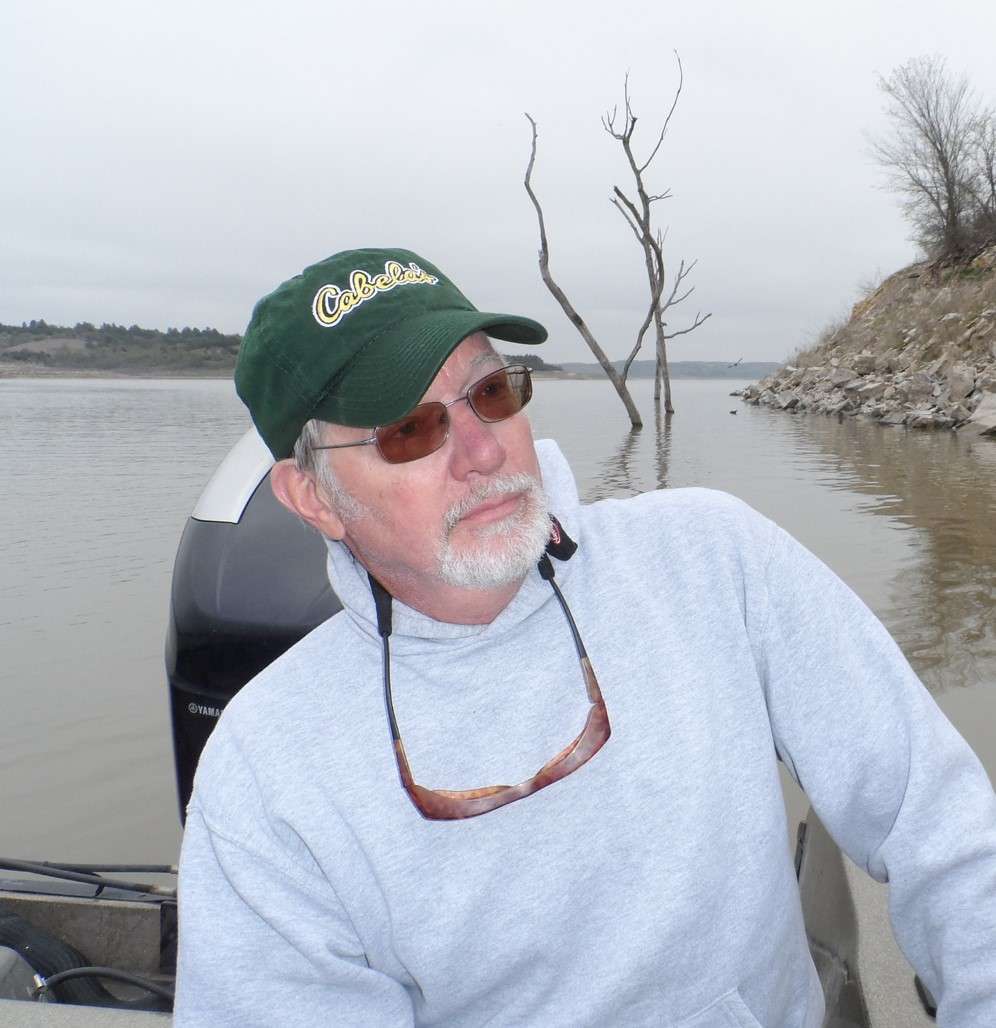Living 150 miles from the nearest antelope hunting here in Kansas kinda’ makes the good fortune of drawing a tag just the tip of the iceberg, so to speak. I have friends who have gotten tags in the past and they merely went out a couple days in advance, bought a map and started knocking on doors. My niece graduated from Colby Community College a couple years ago and was able to get me a short list of landowners from around the Sharon Springs area, so after many phone calls I headed out there Monday to spend 3 days meeting landowners I had contacted and scouting the “lay-of-the-land.”
Call them antelopes “speed goats” or whatever you please, most ranchers and farmers out there have little use for them, and I got the distinct impression most wouldn’t care if they were all gone. I knew that but never knew why they felt that way until now. Everyone I spoke to gave me the same two reasons, both seemingly equally important to them. The first involves fencing, an absolutely necessity to ranchers. It seems antelope, for all their jumping ability, will not jump over a fence, but instead go under or through them. 99.9% of fences out there in ranch country consist of one hot electric wire or three strands of barbed wire, so an antelope going under them often stretches the fence loose from the posts, and going through them creates the obvious problem. The second reason for their dislike of the critters centers on the very believable if not proven fact that antelopes spread bindweed, which they seem to relish as much as alfalfa. The physics are simple; antelope eats bindweed including seeds, antelope poops out seeds which now come fertilized and incased in their own little greenhouse. My research on antelope spreading bindweed yielded mixed opinions, most sources agreeing that a majority of the seeds are killed by the animal’s digestive system. But by the same token, most sources agreed that a small percentage is probably still viable when dropped in antelope feces. Considering that each bindweed plant can produce a few hundred seeds, that’s still a big deal to a farmer or rancher trying to keep their crop fields or pastures clean. Multiply that by several antelope on each property eating bindweed every day of its life and the problem becomes quite believable to me.
Before even considering hunting antelope in western Kansas, two things are mandatory; a very dependable pickup and lots of gas money. On my recent scouting trip I took my whitetail deer hunting mindset along with me, figuring to find waterholes which are often few and far between, where I could set up a blind nearby and hunt them early morning and late evening as they come to drink. That is a very common and recommended way of hunting antelope. The problem is that one area where I have permission had a recent two inch rainfall, making for many little waterholes. Land ownership out there is talked about in numbers of sections or in thousands of acres owned. That particular landowner has a couple thousand acres of pasture with a total of 15 little dams built across draws to catch and hold rain runoff, and currently they are all holding water, making for 15 little waterholes. Maybe it will stay dry from now until the October season dates. If not, the strategy may have to become finding the antelope with binoculars then finding a way to get near them for a shot.
The first landowner I looked up I had spoken with on the phone some weeks before my visit and he informed me they had land all around the little town Of Wallace, KS, 9 miles east of Sharon Springs. Much of their ground is enrolled in the walk-in hunting program called WIHA (walk-in hunting area) which opens it up to public walk-in hunting during certain dates which are printed on the WIHA signs posted around the property. As I asked him about his land boundaries, he advised me I needed to get a plat map from the courthouse. Called a Rural Directory, the book divides an entire county by sections of land and by townships and lists landowner’s names of each property. The book was a $20 investment but proved invaluable in showing me landowner’s boundaries. The state of Kansas also prints an annual Hunting Atlas that shows all walk-in hunting land in the state; atlases are available free at Walmart and at most places that sell hunting licenses.
Like I said, I went out there dragging my whitetail deer hunting mindset along behind me and soon found out antelope hunting is a whole different ballgame. I’m not giving up on the possibility of putting up blinds at waterholes and catching them early and late as they come to drink, but I only have four days to figure them out, as rifle season for antelopes in KS is very short. I’ll let ya’ know how it all works out. Meanwhile, continue to Explore Kansas Outdoors.
Steve can be contacted by email at stevenrgilliland@gmail.com.



